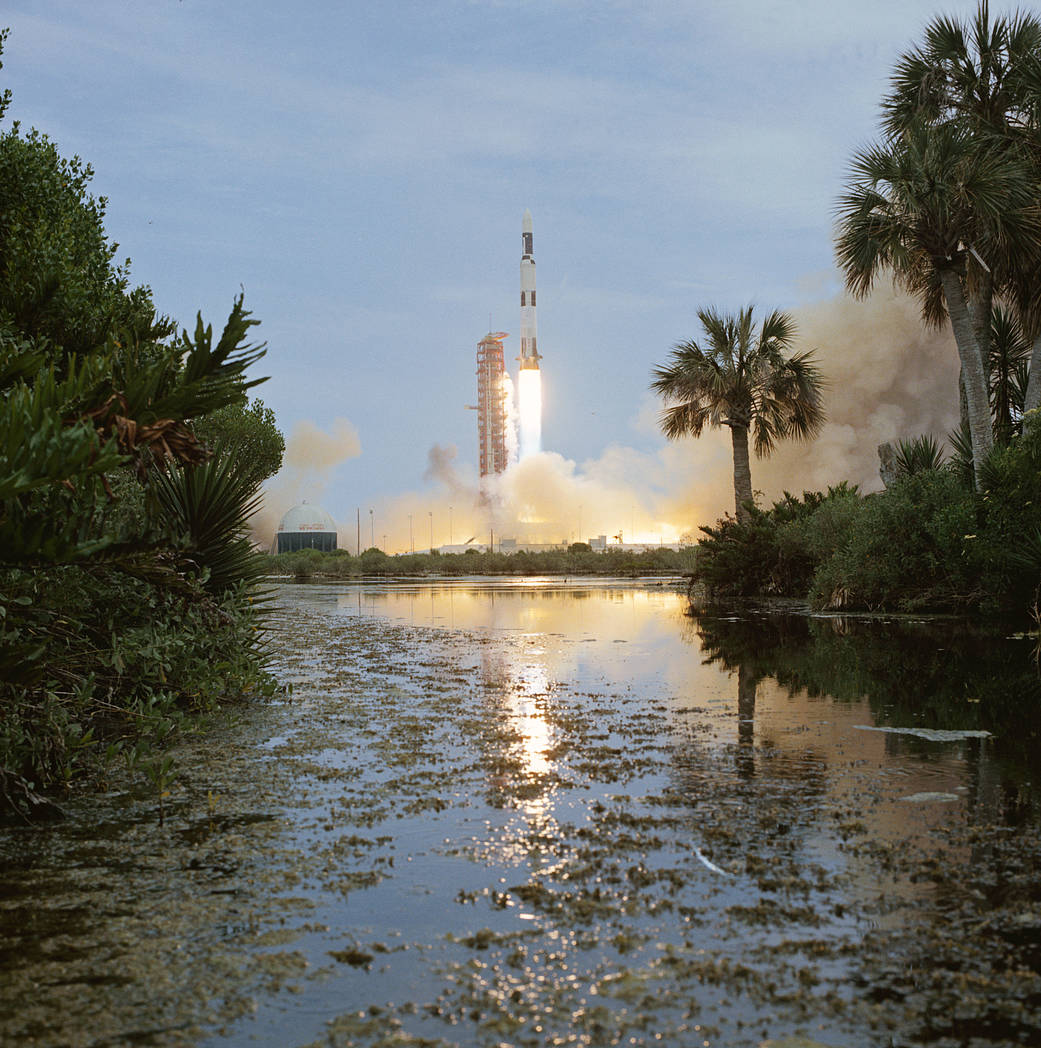This week in 1973, the uncrewed Skylab was launched aboard a modified Saturn V launch vehicle from NASA’s Kennedy Space Center. The initial concept for the United States’ first space station was devised at NASA’s Marshall Space Flight Center. Marshall managed the development of Skylab hardware, provided the Saturn launch vehicles for the four Skylab missions and directed many of the space station’s experiments. Over the course of its human occupation from May 25, 1973, to February 8, 1974, three crews visited Skylab, carried out 270 scientific and technical investigations and logged a combined 171 days on orbit. Today, Marshall’s Payload Operations Integration Center serves as “science central” for the International Space Station, working 24/7, 365 days a year in support of the orbiting laboratory’s scientific experiments. The NASA History Program is responsible for generating, disseminating, and preserving NASA’s remarkable history and providing a comprehensive understanding of the institutional, cultural, social, political, economic, technological, and scientific aspects of NASA’s activities in aeronautics and space. For more pictures like this one and to connect to NASA’s history, visit the Marshall History Program’s webpage. (NASA)
1 min read



























